Seattle Kraken
Role Player
Digging into the 2025-26 Seattle Kraken schedule
Source: https://soundofhockey.com/2025/07/17/digging-into-the-2025-26-seattle-kraken-schedule/
The Seattle Kraken’s offseason is in full swing, and while attention has (rightfully) been on the draft, trades, and free agency, I always look forward to the release of the NHL regular-season schedule. And as I do every year, I also like to dig into the numbers behind the calendar to see how the Kraken’s path through the season stacks up against the rest of the league.
Let’s dive into a few key metrics.
Travel distance by NHL team
As expected, teams based out west tend to rack up more airline miles over the course of the season. The Kraken have consistently been among the top 10 teams in this category, and the 2025-26 season is no exception.

In total, the Kraken will travel 43,361 miles this season—that’s down just over 5,000 miles from last year. That’s still a hefty chunk of sky time, but it’s hardly unexpected.
Here’s a breakdown by division:

As usual, the Pacific Division continues to dominate the “Most Frequent Flyer Miles” standings.
Number of road trips
One benefit of being geographically isolated from the eastern clusters: fewer, but longer, road trips. The Kraken are set to take just 14 road trips this season, one more than last year.

Longer trips usually mean tougher stretches, but fewer turnarounds and less overall bouncing around. It’s a tradeoff, but one the Kraken are used to navigating by now.
The Olympic break effect
This year’s schedule has a unique wrinkle, a February break for the Winter Olympics, with no NHL games from Feb. 6 to Feb. 24. That gap creates a compressed schedule, especially in January.
The Kraken will play 17 games in January, which will be the most the team has ever played in a single month.
Excluding February, here is the average days between games by month for all teams.

Back-to-back games
Seattle will play 13 back-to-backs this season, up one from last year and right around the league average of 13.4.

I hate to bring it up, but the Kraken were 0-12-0 on the second night of back-to-backs last season. Just when I thought it couldn’t get any worse… mathematically, it actually could. They were the only team in the league to fail to earn even a single standings point in those games. Let’s hope that improves dramatically this year.
Odds and ends of the 2025-26 Kraken schedule
- For only the second time in franchise history, the Kraken will open the season at home—against the Anaheim Ducks on Thursday, Oct. 9.
- The opening stretch is going to be tough. After just three games, the team heads out on a six-game road trip. Eight of Seattle’s first 10 games are against playoff teams from last season. Oof.
- Thankfully, November looks a bit softer, with two games each against the rebuilding Blackhawks and Sharks. But let’s not forget what happened last season…
- The Kraken have 10 Saturday home games this year, the most common day of the week for home games. Thursdays are next. They have just one Friday night home game, Jan. 23 vs. Anaheim.
- Mark your calendars: Oliver Bjorkstrand and Yanni Gourde return to Climate Pledge Arena with the Tampa Bay Lightning on March 17. It will be their first game back since they were moved at the NHL Trade Deadline this past season.
- Looking for a road trip? That Montreal–Ottawa–Toronto swing in the second week of the season could be a great one: three arenas, and weather shouldn’t be an issue yet.
- You could also knock off both Southern California teams with two separate back-to-back sets in December and February—Anaheim and L.A. in one go.
- And if you’re staying local for Thanksgiving, you’re in luck; Seattle will host the Stars the night before Turkey Day and then face the Oilers in a Saturday matinee.
- Bonus scheduling fun: There appears to be just one Sunday when both the Seahawks and Kraken are at home. On Dec. 14, the Seahawks host the Colts at 1:25 p.m., and the Kraken drop the puck against the Sabres at 5 p.m. Three of Seattle’s four Sunday home games will be 5 p.m. starts.
- Along with the Kraken, Thunderbirds, and Silvertips, the Pacific Northwest hockey calendar will be even more packed this season with the arrival of PWHL Seattle. If the PWHL follows a similar cadence as past years, their regular season will start in late November and run through early May—plus, they’ll have the Olympic break to navigate, too.
Final thoughts
The Kraken schedule always comes with its share of challenges, and 2025-26 is no exception. With Olympic-induced calendar compression and those ever-brutal long-haul trips, the team will need to manage its energy and depth carefully throughout the season and somehow get up for those second games of a back-to-back.
As always, I’d love to hear from you. Are there any home games you’re already targeting? Have your eye on a specific road trip? Let me know in the comments.
The post Digging into the 2025-26 Seattle Kraken schedule appeared first on Sound Of Hockey.
Source: https://soundofhockey.com/2025/07/17/digging-into-the-2025-26-seattle-kraken-schedule/









































